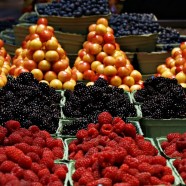
Vitamins work alone or as cofactors with other chemical elements or enzymes. When the term essential is applied to specific vitamins and minerals, it indicates that a deficiency of anyone of these elements could lead to an impaired function, causing symptoms of stress and disease or ultimately even death. A few examples include, a vitamin C deficiency causes scurvy and if left untreated becomes fatal. B1 deficiency causes neuritis and beriberi, while pellagra is a lack of B3 (niacin). A deficiency of vitamin D causes rickets; anemia and B12 are often related; and the lack of vitamin A causes night blindness and is needed for maintaining eyesight over the long term.
Water soluble vitamins are excreted in the urine when taken in larger amounts. In the cases where you require higher dosages of vitamin C for fighting off an infection, you would need to take smaller dosages spread throughout the day rather than a megadose at one time. The vitamin B family is also water soluble and should always be taken with food. Apparently vitamin C can be taken anytime however if you have a good deal of stomach or intestinal inflammation, all supplements may need to be buffered with food and for the release of stomach enzymes.
Fat soluble vitamins indicate a vitamin that requires a fat molecule in order to be transported throughout the body. These include vitamins A, D, E, and K – excess of these nutrients are stored in fatty tissue.
Choline, inositol and para-aminobenzoic (PABA) are nutrients related to the B vitamin family. These vitamin like substances interact with other B vitamins and act as a coenzyme along with several other functions.
Vitamins
Vitamin A
Immune system, bones, health of eyes, nerve sheath, mucus membranes, anti-carcinogen, reproductive system, maintenance of epithelial tissue, important for growth, synthesis of certain proteins, skin, hair, gums and teeth
Best sources: Fish oil, carrots, broccoli, tomatoes, dairy, eggs, meat, butter, apricots, asparagus, melon, cantaloupe, peaches, papaya, watermelon, prunes and all green leafy vegetables, green and yellow vegetables and whole milk
Vitamin B1 (Thiamine)
Healthy brain, digestion, circulation, converts fats and carbohydrates to energy, conversion of glyoxylate to carbon dioxide, heart and nervous system functioning
Best sources: Pork, beef, organ meats, vegetables, fruit, raw seeds and nuts, legume family, especially beans and peas, nutritional yeast and egg yolk
Vitamin B2 (Riboflavin)
Cellular growth, hair, skin and nails, metabolism of proteins, fats and carbohydrates, essential for amino acid and normal fatty acid synthesis, nerves, blood and collagen
Best sources: Liver, dairy, all organ meats, nutritional yeast, fish and egg yolks. Fruits, vegetables and grains have very little to no B2 (riboflavin)
Vitamin B3 (Niacin)
Circulation, nervous system, intestines, skin, energy production from fats, carbohydrates and proteins throughout all cells; performs over 50 metabolic reactions in the body
Best sources: Poultry, beef, fish, nutritional yeast, lentils, wheat germ, soy, broccoli, dairy, legumes, nuts and seeds, kelp, algae, potatoes, mushrooms; fruit tends to be a poor source of vitamin B3
Vitamin B5 (Pantothenic Acid)
Adrenal glands function, fat metabolism, all stress and anxiety related conditions, boosts energy, immune system stimulant, oxidation and synthesis of fatty acids
Best sources: B5 (pantothenic acid is found in just about all food either animal or plant that we eat). All four food groups are represented as pantothenic sources. Fruit is not a good source compared to other foods. B5 is also manufactured in the intestines.
Vitamin B6 (Pyridoxine)
Brain function, hormone balancing, produces antibodies for the immune system, metabolism of amino acids, releases glucose, formation of nucleic acids – DNA and RNA, involved in regeneration of red blood cells, nitrogen metabolism and a catalyst for numerous amino acid reactions
Best sources: Liver, poultry, venison, potatoes, bananas, raw cauliflower and broccoli, egg yolk, soy, legumes, elderberries, mangoes, watermelon, whole grains, avocado, peanuts and walnuts, prunes, and cantaloupe. Be advised most fruit and vegetables contain very low amounts of B6.
Vitamin B12 (Cyanocobalamin)
Formation of red blood cells, nervous system – growth and nerve sheath formation, aids digestion, metabolism of protein, fat and carbohydrates. Plays a key role as transferee for methyl groups and hydrogen, and synthesis of the amino acids methionine, choline and homocysteine.
Best sources: Liver, kidney, eggs, meat, seafood, fish, dairy and poultry. Fruits and vegetables do not contain B12 other than edible algae such as chlorella (green algae) or blue green algae. Some studies suggest that this form of B12 from algae is not assimilated.
Biotin
Hair loss, manufactured in our intestines, involved in the formation of fatty acids, nucleic acids and protein, oxidizes fatty acids, supports bone marrow, nerves reproductive glands and obtaining energy from glucose
Best sources: Nutritional yeast, royal jelly, liver and organ meats, whole grains, nuts and seeds, legumes, egg yolk, mushrooms, cauliflower, molasses and milk
Folic Acid (Folacin, Folate)
Pregnancy, formation of red blood cells and cell formation, cell division, protein utilization, nucleic acid formation, and brain functioning
Best sources: Chicken liver (3 times higher than beef), nutritional yeast, dark green leafy vegetables, legumes, soy, wheat germ, broccoli, asparagus, avocado and sea vegetables like kelp
Choline (B vitamin family)
Fat metabolism, liver and gallbladder function, precursor for neurotransmitters acetylcholine and phosphatidylcholine, and memory
Best sources: Liver, egg yolks, nutritional yeast and wheat germ. Vegetables and fruit contain small amounts of choline
Inositol (B vitamin family)
A type of sugar related to glucose; bone marrow, intestines, eyes, cell membranes and protects sheath of nerves
Best sources: Liver, fruits, vegetables, legumes, nuts, whole grains, soy
Para-aminobenzoic acid (PABA – B vitamin family)
Blood cell formation, breaks down proteins, manufactured in the intestines, stimulates production of folic acid, healthy skin and hair
Best sources: Liver, nutritional yeast, wheat germ, green leafy vegetables and molasses
Vitamin C
Supports immune system, formation of collagen, antioxidant, natural anti-histamine, iron absorption, assists vitamin E; helps make norephinephrine, capillary walls and fights free radicals
Best sources: Camu camu, acerola cherries, mangos, guavas, papaya, all fruit and green leafy vegetables
Vitamin D
Rickets, nervous system, blood clotting, cholesterol, heartbeat, thyroid, teeth, aids metabolism, assimilation of calcium, and bone formation and the intestinal and renal absorption of phosphate
Best sources: Fish oil, eggs, fatty fish, butter, liver, egg yolk and vitamin D fortified milk. Plants are a poor source – mushrooms and dark green leafy vegetables contain very small amounts
Vitamin E
Immune system, calcium absorption, reduce scar tissue, antioxidant, destroys free radicals, protects fatty acids and vitamins A and B as well as enzymes, required for functional maintenance and formation of smooth muscles, cardiac and skeletal system, protects liver, helps prevent clots and protects pituitary and adrenal hormones
Best sources: Raw seeds, raw nuts – especially almonds and hazelnuts, cold pressed oils, wheat germ oil, beans, vegetables, sprouts, kale, mango, egg yolk, butter, whole grains and liver
Vitamin K
Blood clotting, bone formation and liver function and manufactured in the bowel
Best sources: Alfalfa, green vegetables especially the leafy ones, wheat grass, barely grass, blackstrap molasses, eggs, milk, yogurt, fish oil and safflower oil
Copyright © 2017 – All Rights Reserved – Michelle Honda Ph.D.
Announcement
Look for my new forthcoming books “Reverse Heart Disease Naturally” (Jan.31, 2017) and “Reverse Inflammation Naturally” (May 31, 2017) and “Reverse Thyroid Diseases Naturally” (Fall 2017)
Where to Purchase:
Reverse Heart Disease Naturally
Reverse Gut Diseases Naturally
Hatherleigh Press Page Buy Book RGDN
Local Book Stores in US and Canada
Disclaimer
While close attention was given to the accuracy of information in this article, the author accepts neither responsibility nor liability to any person with respect to injury, damage, loss or any circumstances involving alleged causes directly or indirectly related to the information in this article. The sole purpose is to educate and broaden ones awareness. This information is not meant to replace medical advice or services provided by a health care professional.





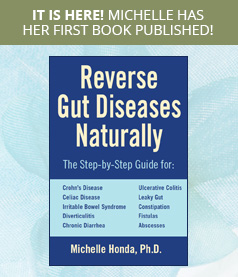

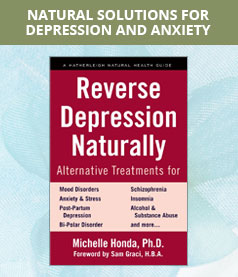
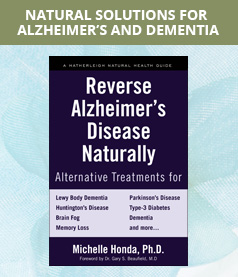
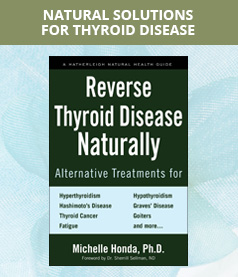

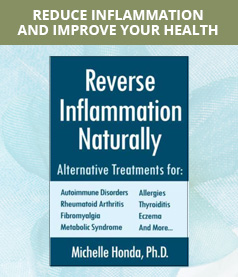
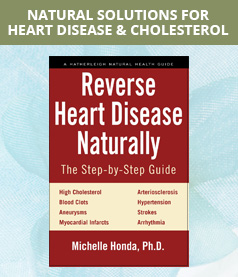
Follow Us!